Thessaloniki gets ready for its metro launch in November
The underground rapid transit lines have been under construction for almost two decades due to various project delays
 TheMayor.EU logo
TheMayor.EU logo Because tradition has its own kind of particular flavour
How do you declare a restaurant to be the oldest in a particular city? It’s not always an easy and straightforward decision. Is it the building that it occupies that you look at or at the history of the business itself?
Some of you will say – naturally, it’s the history of the enterprise itself. Right, but many of the historical restaurants have changed numerous hands throughout the decades and even their names, as we saw in the first part of this series.
Plus, when people go out to dine with the idea that they’re going somewhere old and traditional, they expect the premises to reflect that expectation. Thus, we can’t discount the importance of a well-preserved old building that has soaked up the steam, flavours and memories of all the customers who have patronized the place throughout the years.
An old restaurant is thus a package, a living museum to what has been. A witness to bygone trends. Indeed, a verifiable time capsule that allows us to peek into the past and get cosy with it.
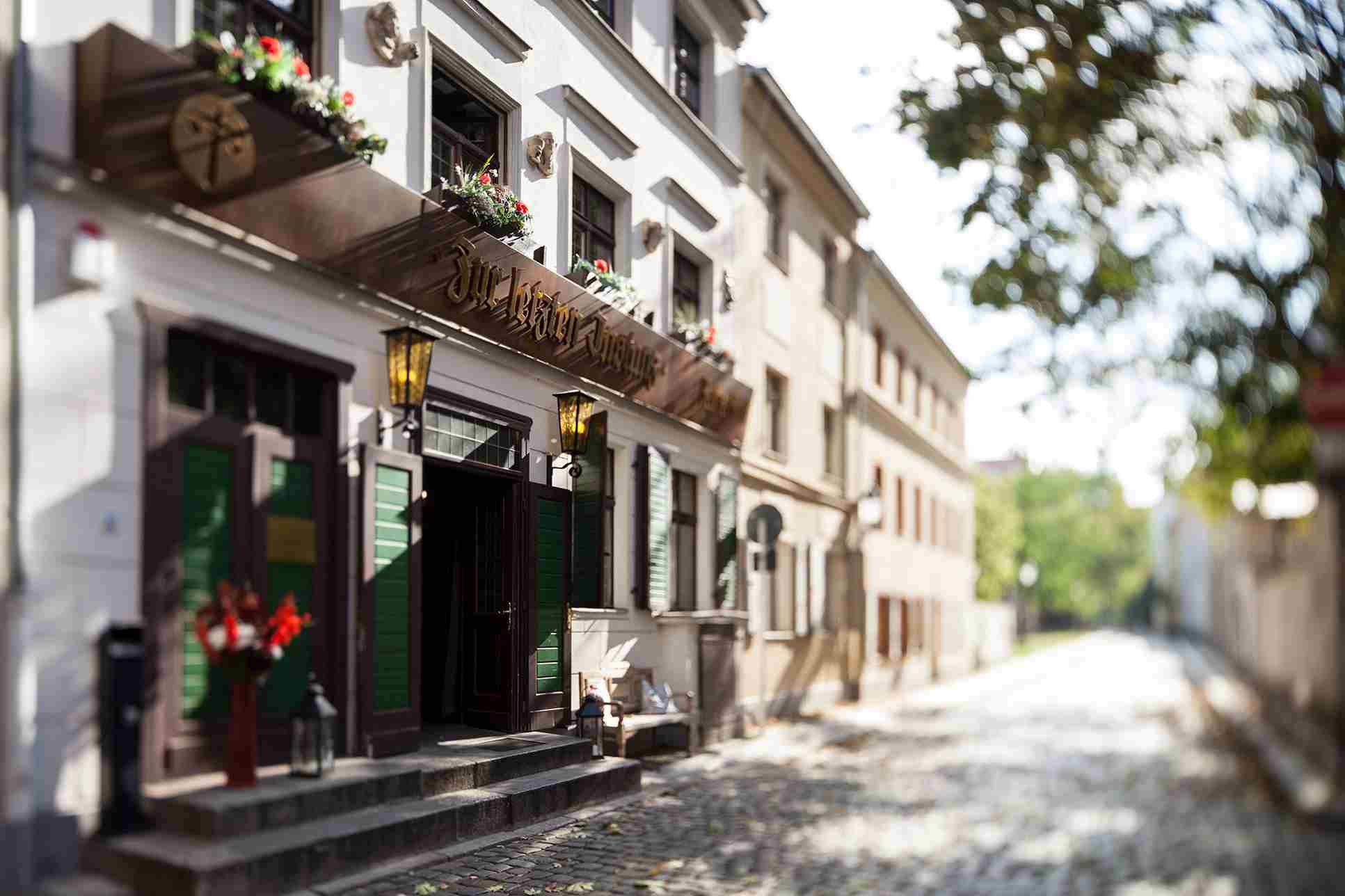
Steop into a bit of old Berlin when you visit Zur letzen Instanz. Source: Zur letzen Instanz Facebook
I’m not even sure how to interpret the name of this old inn - Google offers “to the last resort” as a translation. Other sources say it means ‘at the last instance’ referring to a story of two farmers settling their court dispute over beers and wursts there. But what’s sure is that this charming tavern proves the importance of having old-looking premises as a claim to authenticity.
The restaurant proudly proclaims, right by its door, that it dates back to 1621 and everyone agrees that it’s the oldest in Berlin. However, the current house is a reconstructed replica of the original one, which was destroyed during World War II. The house could only be once again converted into a business once the Berlin Wall fell down in 1989, and this is the year when the current family of owners are in possession.
So, there you have it, tradition is sometimes just a state of mind and of stomach. Zur letzten Instanz naturally serves hearty German fare, but it insists on relying on local product suppliers, which is another strain of authenticity – and just as important as the other two.
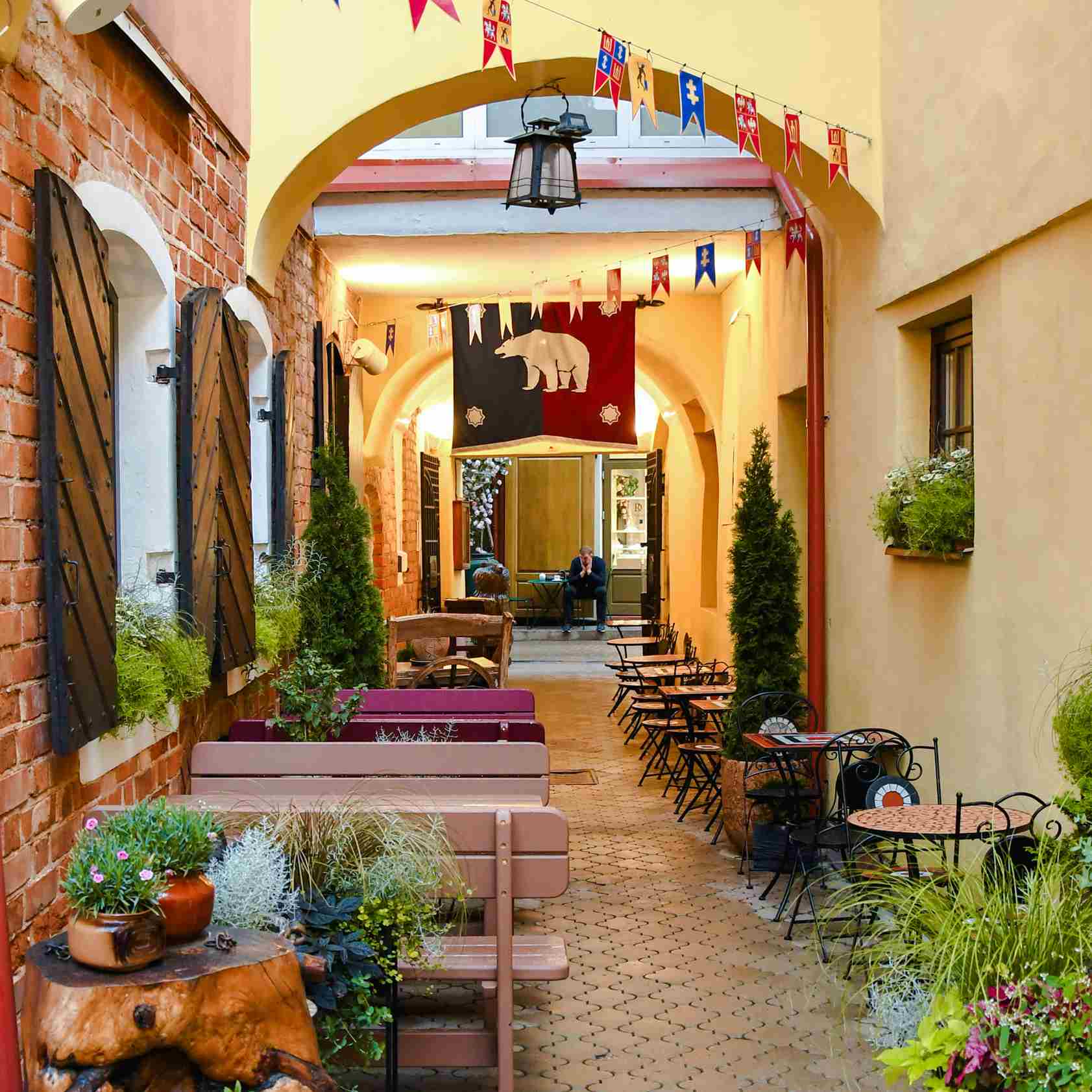
Lokys may surprise you with its wide range game menu. Source: Lokys Facebook
Vilnius’ Lokys adds another dimension to the debate of what it means to be old in the restaurant world. Touted as the oldest family-owned tavern in the Lithuanian capital, it actually only dates back to 1972. That makes it even younger than some of you who might be reading this.
Here the owners are clear and sincere about the fact that they’re trying to reclaim Lithuania’s culinary heritage, which was somewhat lost and destroyed in the brutal years when the country was part of the USSR and everyone from Vilnius to Vladivostok was expected to eat the same things.
You’re still reminded that Vilnius is an ancient city even in this establishment, housed in a merchant house dating back to the 15th century, what’s truly special about this place is that the owners are bent on digging deep into the archives to unearth the ancient recipes and techniques. Expect aristocratic and medieval dishes, such as boar, deer and venison roasts. Go in there hungry for food and thirsty for knowledge.
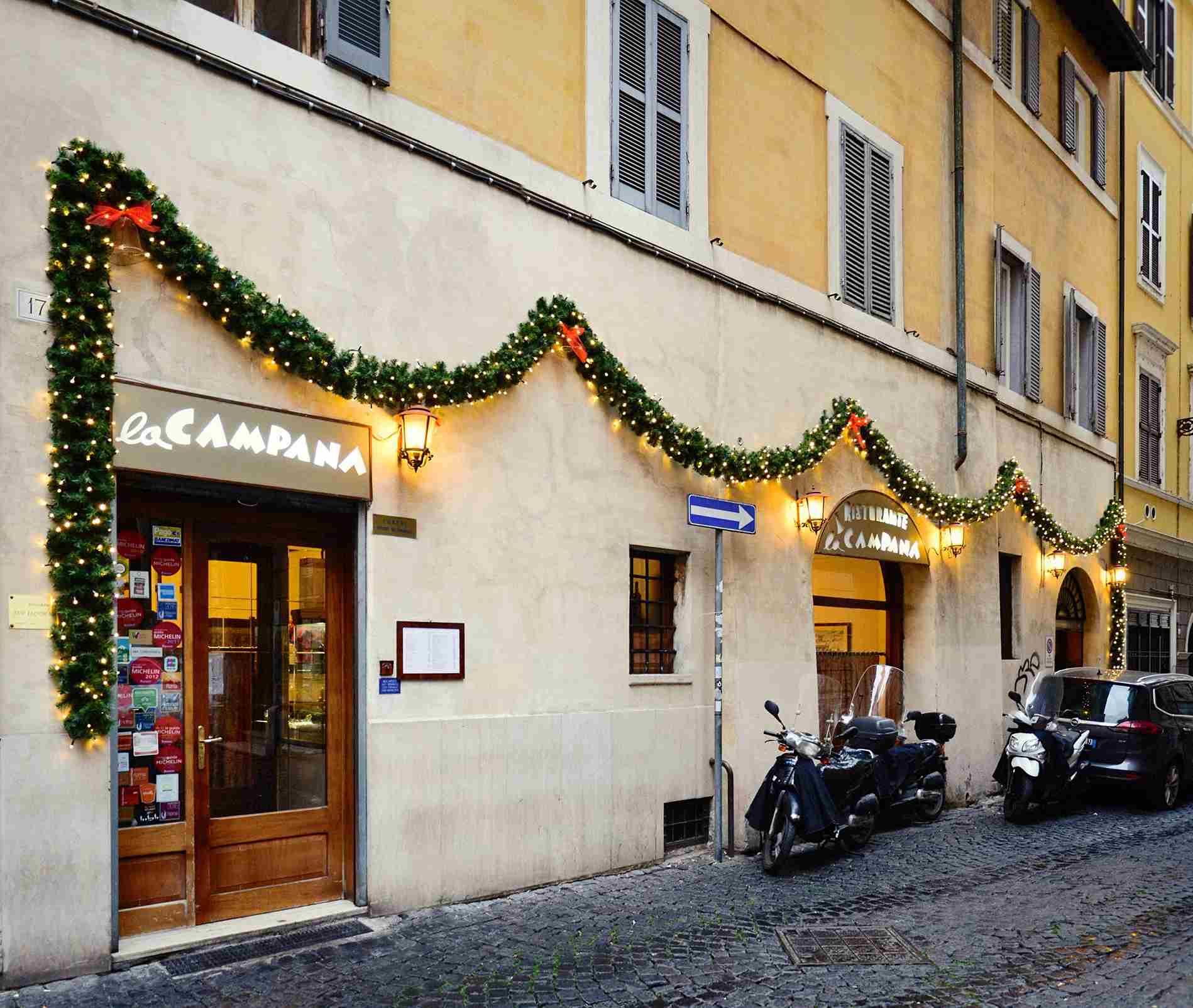
La Campana in Rome being festive. Source: Ristorante La Campana Facebook
Romans don’t like to mince about their heritage, and if something is old there, then there’s a record to prove it and people respect that. La Campana was founded in 1518, which means that only a few years ago it celebrated being half a millennium old.
The thing is its premises look old but not that ancient, even though the owners reportedly stated that they have documentation proving the longevity of their business back to Renaissance times. That’s why they claim that Guinness ought to grant them the title of oldest restaurant in existence. Who knows, maybe the experts from the record-holders' book expect to see a Renaissance palazzo in order to be convinced.
Whatever the case, none other than Goethe, one of the first tourists as we know them today, mentioned the osteria in his writings. More specifically, one Faustina, who was the tavern-keeper’s daughter. Not to be confused with the poet’s classic tragic play of redemption – Faust.
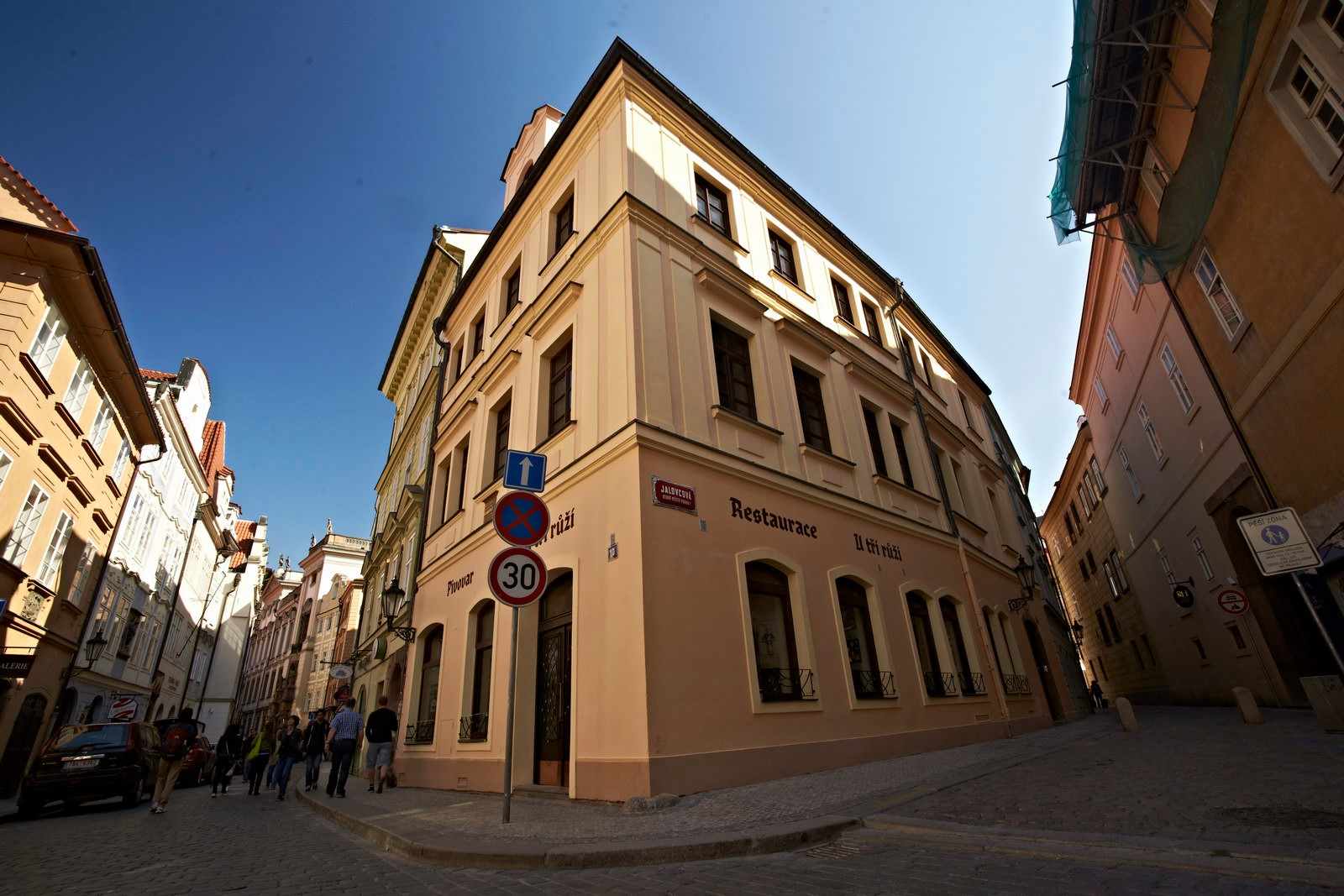
U Tří růží was way ahead of the curve in the microbrewery business, historically speaking. Source: Pivovar U Tří růží Facebook
Prague, of course, doesn’t do restaurants – it does pubs. And much like in England, when in Prague, what you need to seek out is the place that’s soaked in the beer foam and mist for the longest of times. Microbrewing long before the age of posturing startups.
However, the competition for the prestigious title is fierce, and at least three (and maybe more) pubs claim to have origins in the 15th century. All Czech pubs’ names begin with U, which means “At the” - a convenient way to help customers locate them.
U Tří růží means At the Three Roses, which means there must’ve been a sign with these three flowers as the pub logo, long before logos were a thing. The story goes that its owner by the name of Beneš obtained the rights to brew beer back in 1405…and the rest is well – history. Cheers to that!
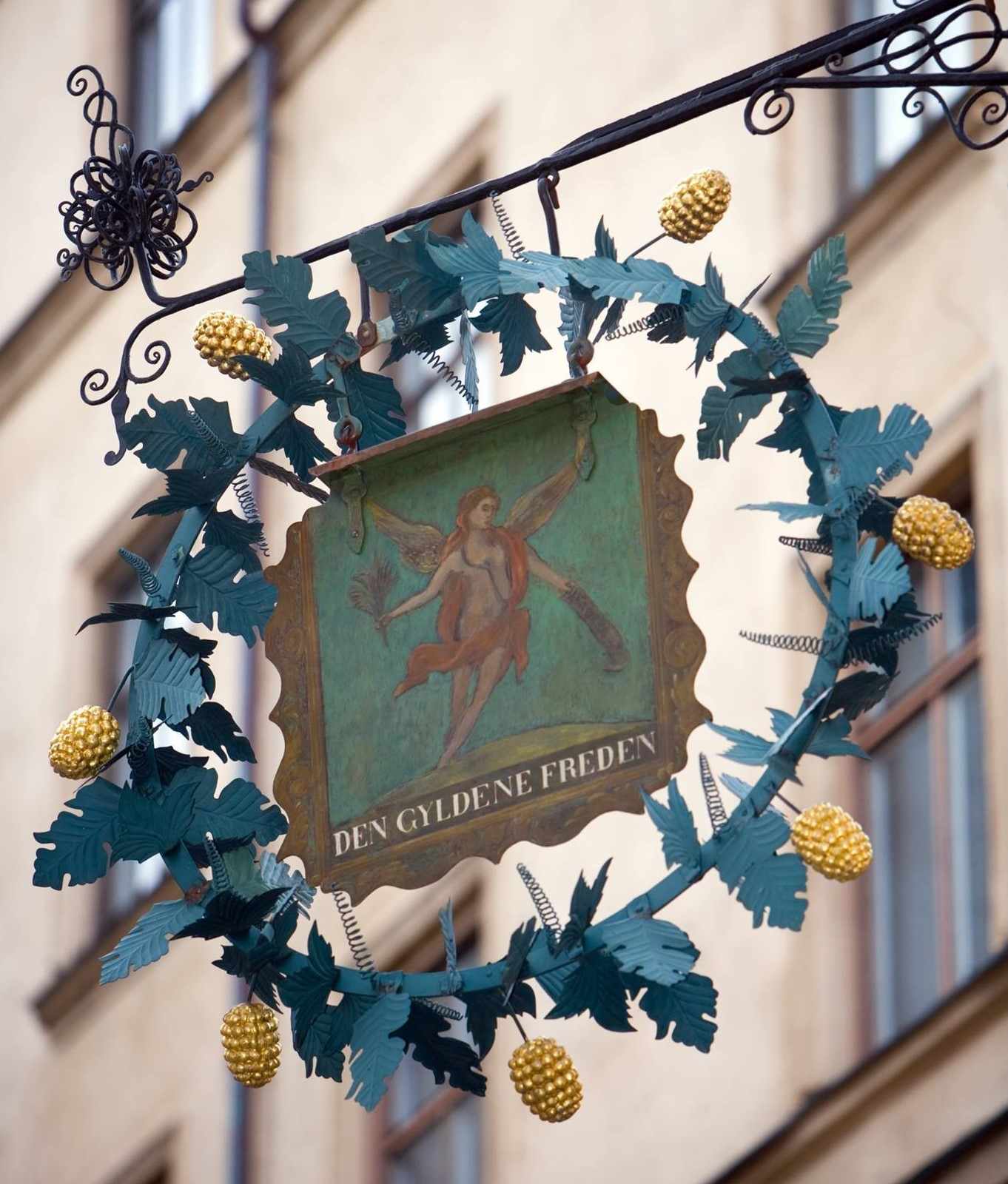
The restaurant's logo also hails from the Baroque Age. Source: Den Gyldene Freden Facebook
The Golden Peace is the decidedly poetic name of the patriarch of the Swedish culinary landscape. The Peace in the title refers to the peace treaty of Nystad, which ended the war with Russia, and although Sweden lost its Baltic territories, it was still happy to retain Finland.
The tavern was founded in the following year, 1722, and hasn’t changed one bit ever since. And thanks to that we can experience the same atmosphere that Baroque Swedes have enjoyed. The restaurant has even received the coveted Guinness recognition as the second oldest in the world for having retained its original interior.
What’s more, the building itself is now owned by the Swedish Academy - the one that grants Nobel Prizes in Literature annually. Every Thursday, members of the Academy gather at Den Gyldene Freden to have dinner and discuss authors.
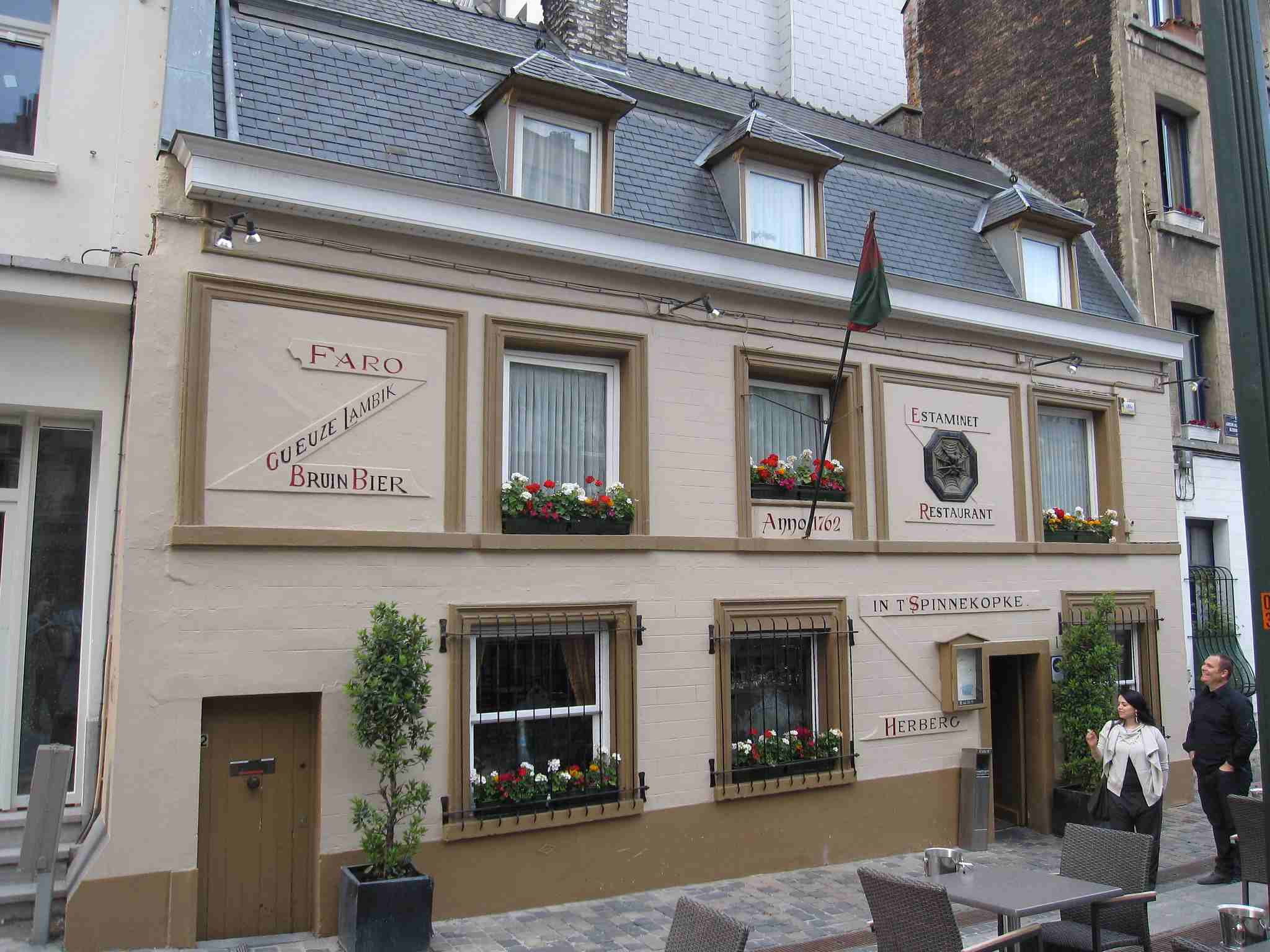
Hiding in plain sight is Brussel's oldest tavern. Source: Bernt Rostad on Flickr (CC BY 2.0)
This eatery first opened doors in 1762 as an estaminet, the traditional name for a pub house in Belgium and northern France. These days, however, it brands itself as an estaminet-restaurant, serving cooked traditional local dishes (such as bloempanch) to go with the beers that you can’t miss out on when you visit this city.
Most people aren’t even aware of the historical nature of this place, as it is not one to toot its horn and to claim historical figures as regular customers. And that is probably part of its appeal – kind of like the entire country of Belgium, sandwiched between its more famous neighbours.
Yet once you decide to hop in, veering off from Place du Jardin aux Fleurs, you’ll get to feel like you’ve stumbled into a little secret that you might just want to keep to yourself. And if you’re famous, they’ll keep your visit a secret, too. It’s a mutual understanding.
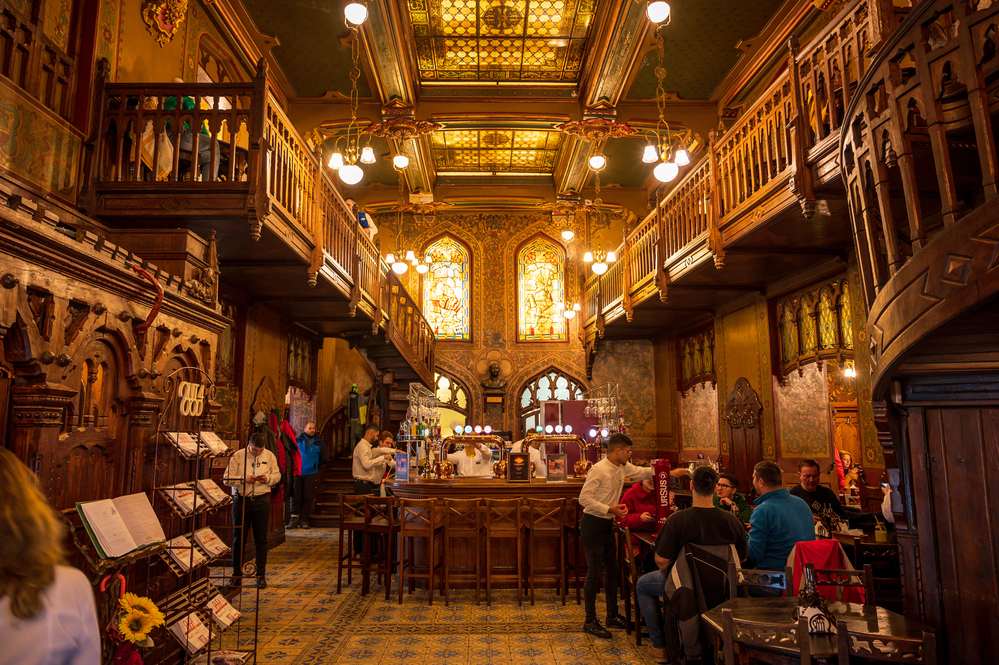
Caru' cu Bere's fairytale interior. Source: Depositphotos
The name of this tavern means The Beer Wagon and it traces its origin back to 1879. You’ll find it in Bucharest’s old town quarter, and you might be surprised by the mismatch between name and building.
Maybe 19th-century beer was delivered in horse carts, but the Neo-Gothic mansion that hosts the tavern exudes quite the aristocratic and refined vibes. In fact, there’s something of a Victorian cathedral feeling to it, what with the intricate woodwork and stained glass windows. It’s so fantastic you may even forget to order.
Don’t worry, though, musicians playing Romanian folk music and waiters serving generous portions of grilled sausages (mititei) and pork stew (tochitura) will bring you back to reality, and the aromas will remind you that all of this after calls for a big pint of brew.

The underground rapid transit lines have been under construction for almost two decades due to various project delays

Now you can get your wine in Talence by paying directly in Bitcoin

That’s because the state has to spend money on updating the railway infrastructure rather than subsidizing the cost of the popular pass

Rethinking renewable energy sources for the urban landscape

The examples, compiled by Beyond Fossil Fuels, can inform and inspire communities and entrepreneurs that still feel trepidation at the prospect of energy transition

Now you can get your wine in Talence by paying directly in Bitcoin

The 10th European Conference on Sustainable Cities and Towns (ESCT) sets the stage for stronger cooperation between the EU, national and local level to fast track Europe's transition to climate neutrality.

At least, that’s the promise made by the mayor of Paris, Anne Hidalgo

The underground rapid transit lines have been under construction for almost two decades due to various project delays

At least, that’s the promise made by the mayor of Paris, Anne Hidalgo

Hostal de Pinós is located in the geographical centre of the autonomous region

Despite its church-y name, the district has long been known as the hangout spot for the artsy crowds

Urban dwellers across the EU are having a say in making their surroundings friendlier to people and the environment.

Forests in the EU can help green the European construction industry and bolster a continent-wide push for architectural improvements.

Apply by 10 November and do your part for the transformation of European public spaces

An interview with the Mayor of a Polish city that seeks to reinvent itself

An interview with the newly elected ICLEI President and Mayor of Malmö

A conversation with the Mayor of Lisbon about the spirit and dimensions of innovation present in the Portuguese capital














